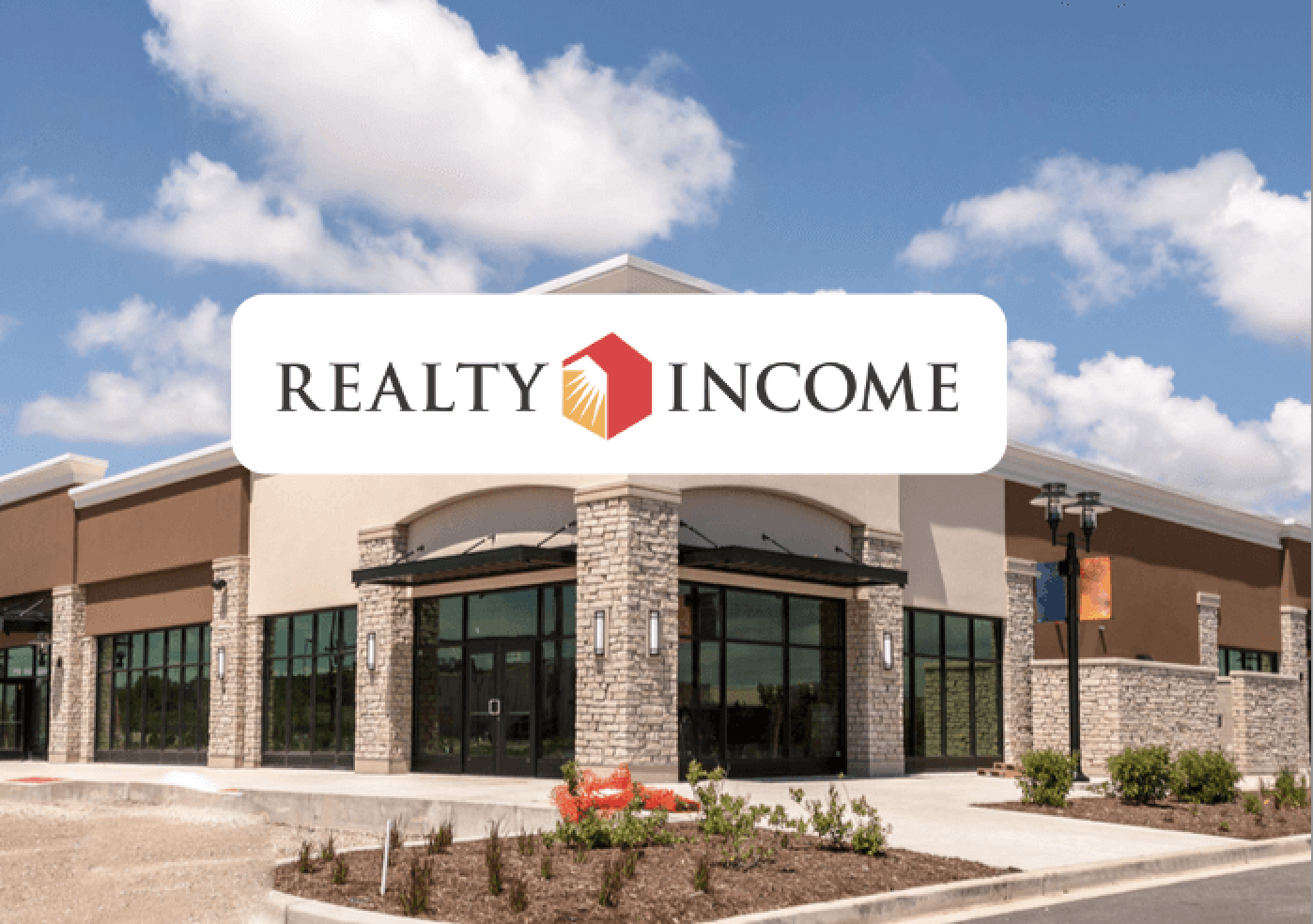What Buffett, Munger, and Pabrai All Figured Out
Disclaimer: This page contains some affiliate links that might just lead you to the promised land of awesomeness (or at least some cool products). I personally use all of the products promoted, and recommend them because they are companies I have found to be helpful and trustworthy. I may receive commissions for purchases made through links in this post.
Every year, Stig Brodersen from the We Study Billionaires podcast sits down with Mohnish Pabrai for their annual pre-game episode ahead of the Berkshire Hathaway shareholder meeting.
These are always some of my favorite episodes—I just love listening to Mohnish—and something he said in this year’s conversation really struck a chord with me.
For context, Mohnish Pabrai, in my opinion, is one of the few modern investors who belongs in the same conversation as Buffett and Munger. He’s had incredible success, but it’s not just that.
Like Buffett and Munger, he’s become a kind of sage in the investing world—known just as much for his wisdom as for his wealth. And at 60 years old, after decades of investing, Mohnish said he realized that his entire approach had been completely flawed.
Not a little off…but dead wrong.
His method up until recently followed the classic value investing playbook: find businesses trading at a deep discount to intrinsic value, then sell them when they approach fair value.
So why, after more than 30 years of market-beating returns and immense wealth, does he now think that approach falls short?
Because, as he put it: “Nobody really knows what intrinsic value is.”
You can make your best guess, and you can run all the discounted cash flow models you want. But the truth is, you could be way off.
And if your entire strategy depends on buying at a discount to one fuzzy number and selling at another fuzzy number—you’re basically just taking shots in the dark.
So Mohnish changed his entire approach.
Instead of chasing discounts, now he only looks for exceptional businesses. Not fair businesses at a great price, but great businesses at a fair price.
And when he finds them, he holds on for dear life. He’s not selling at intrinsic value. He’s not selling when they’re overvalued. His plan now is to own them forever.
This is almost identical to the shift Warren Buffett made after spending time with Charlie Munger—who, not coincidentally, was one of Mohnish’s closest friends. So it’s not surprising to see Mohnish evolve in a similar way.
And the reason both of these brilliant investors followed Charlie’s lead and landed on this approach is simple: exceptional businesses tend to surprise you to the upside. They might not look cheap on the surface, but they’re often worth much more than you think.
More importantly, exceptional businesses keep getting better over time. The longer you own them, the more they work in your favor.
Now I’ve been closely studying Warren, Charlie, and Mohnish for a few years now, and am still learning something new from them every day. Still, hearing Mohnish talk about his shift in strategy made me stop and think, and I came away with two big takeaways.
First, when you get to the root of it, this is really the whole point of being an investor. Your job isn’t to flip stocks like knick-knacks at a flea market.
It’s to buy great businesses, sit on your hands, and let them do the heavy lifting over time.
Second, this conversation was an important reminder that great investing and lifelong learning go hand in hand. Even someone as experienced and accomplished as Mohnish Pabrai is still evolving after more than three decades in the game.
And it’s not just him. When you study the careers of Buffett, Munger, or any other great investor, you can see the evolution in their thinking throughout the years. None of them ever stopped learning.
To me, that’s what makes this investing journey so exciting. There’s always something new to learn, and for those of us who are genuinely curious about this stuff, that’s what makes investing fun—and we get to do it for the rest of our lives.
With all of that said, I want to hear from you: what’s the most recent lesson you’ve learned about investing? Write to me here and let me know.
And if you want to learn about a few things NOT to do as an investor, check out this video here.
Dividend Investing Democratized
Join thousands of savvy investors in the pursuit of early retirement. Get Retire With Ryne delivered straight to your inbox every week as you build your perpetually growing, cash-flowing dividend stock portfolio.
Blossom is a unique social platform created by investors, for investors. Unlike the usual social media platforms, Blossom is dedicated exclusively to discussions on finance and investing.
I've been actively posting on Blossom since November, and I absolutely love the community over there. With over 200,000 DIY investors, Blossom is buzzing with all sorts of different investment ideas. The coolest part is that you can see everyone's portfolios, which you can automatically link within the app!
Picture Twitter/X, but with an added portfolio tracking feature and less trolling – that's Blossom for you. Personally, I find it much more enjoyable than my experience on Twitter/X, and I think you will too.
Download Blossom today, and follow me (@ryne) to see my complete portfolio and stay updated on all my real-time investment moves.
IN MY PORTFOLIO 📈
Start tracking your portfolio with Snowball Analytics today—free for 14 days! Plus, use code "rynewilliams" at checkout to get 10% off your subscription.
ICYMI 🎥
Wall Street Is At A TIPPING POINT | Ep. 17
In this episode of The Deep End, Ari and I share some really big news, and discuss why we think Wall Street is reaching its tipping point.
CAREFULLY CURATED 🔍
📺 A Massive Milestone - My main man Russ just hit an impressive dividend income milestone in his portfolio—and he's breaking it all down right here.
🎧 The Money Mindset - A great interview with Mohnish Pabrai where he shares stories about playing games, his friendships with Buffett and Munger, and how to tune out the noise and focus on what really matters in the stock market.
📚 Turnarounds In Progress - The Dividend Collectah is easily one of my favorite writers on Seeking Alpha, and in this article, he shares two beaten-down dividend stocks that are knee-deep in the middle of a turnaround. These may not be for the faint of heart—but if he's right, a little patience could pay off in a big way.
SINCE YOU ASKED 💬
"I was wondering if I found a good opportunity in Stanley Black & Decker (SWK). The share price has been dropping and might drop some more, but they seem to have great dividend characteristics!"
- Stevan | YouTube
To be honest, I’m torn on SWK.
You’re right—the dividend stats are looking pretty juicy. At today’s prices, you can lock in a 5.5% yield, which is way above the company’s 5-year average. You’d also be buying a Dividend King with 56 straight years of dividend increases, and the average dividend growth rate is sitting just under 4%—not bad at all considering how high the starting yield is.
Source: Snapstock
But beyond the dividend, not much else jumps out at me. The company's overall Snapscore is 2.20, which suggests that it's a low-quality company, and makes me think there are probably better opportunities out there.
Getting more into the growth metrics, revenue has more or less flattened over the last few years and is now starting to dip. That’s not necessarily a dealbreaker on its own, but when you pair it with the significant drop in both EPS and free cash flow per share, it becomes a red flag.
The good news is that free cash flow still covers the dividend. Net income doesn’t, though, which means the earnings payout ratio is over 100%—another red flag. Although I care more about the free cash flow than net income, I’d still rather see both metrics in a better spot.
Source: Snapstock
Then there’s the debt situation—which, to me, is one of the biggest concerns. While net debt has started to come back down after a big jump in 2022, it’s still pretty high.
The net debt to free cash flow ratio is hovering around 8x, and the interest coverage ratio is only around 2x. For a company like this, I’d much rather see net debt to FCF below 5x and interest coverage closer to 8x or higher. For now, both of these metrics look a bit too stretched for my liking.
Source: Snapstock
So even though the dividend stats look great on paper, I think the fundamental risks outweigh the cash-flow reward right now. Personally, I’d rather go with a business that looks better under the hood, even if that means getting into a business with a lower starting yield.
Have a question? Ask me here to see it featured in an upcoming newsletter.









